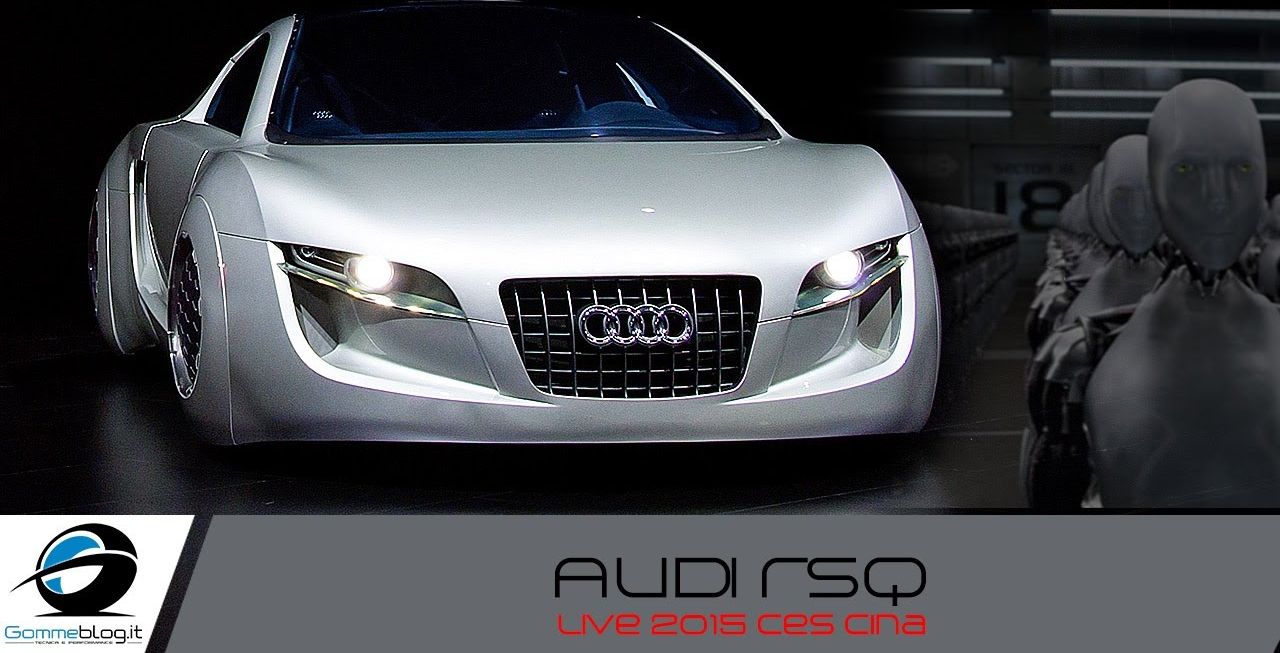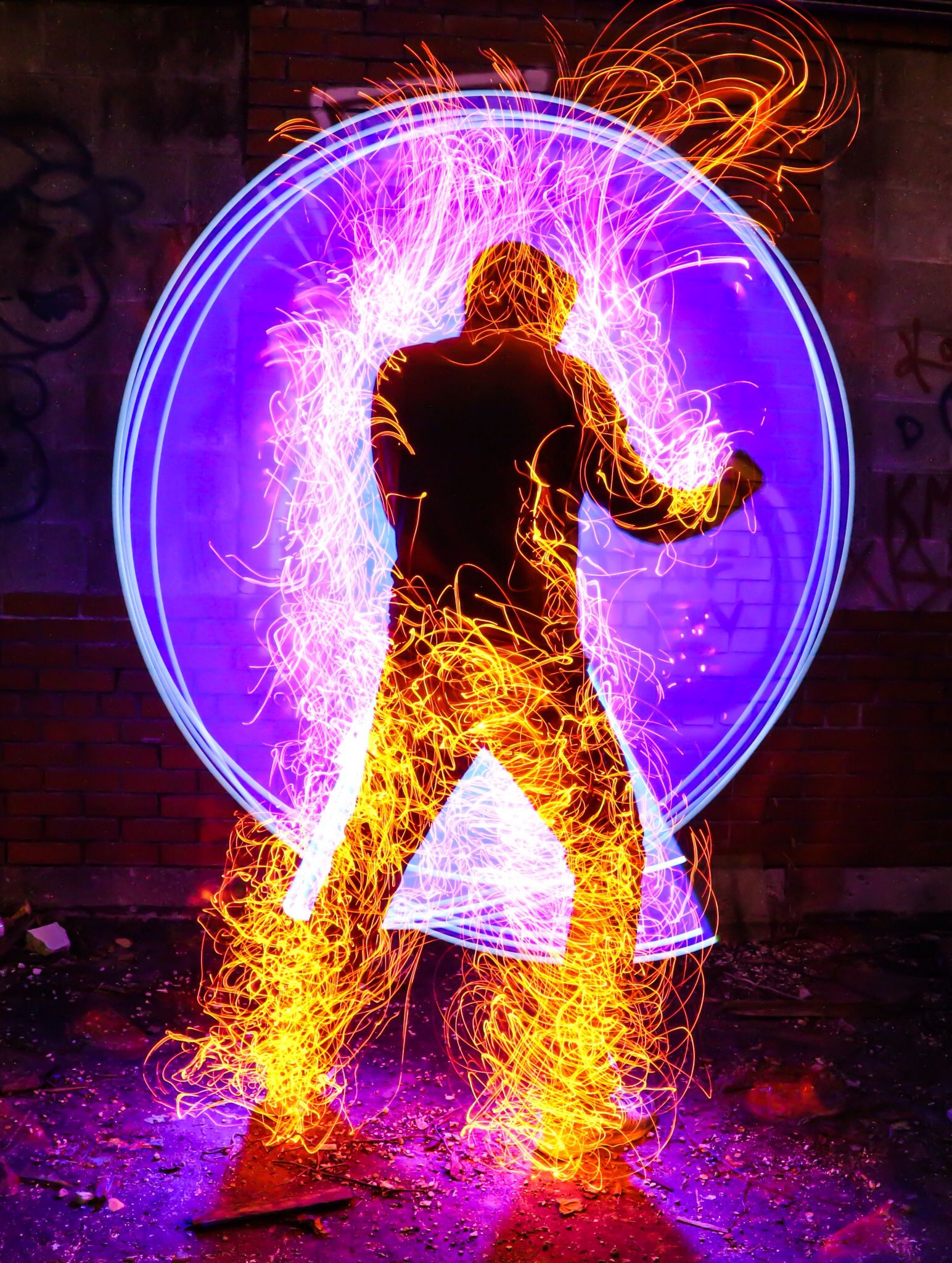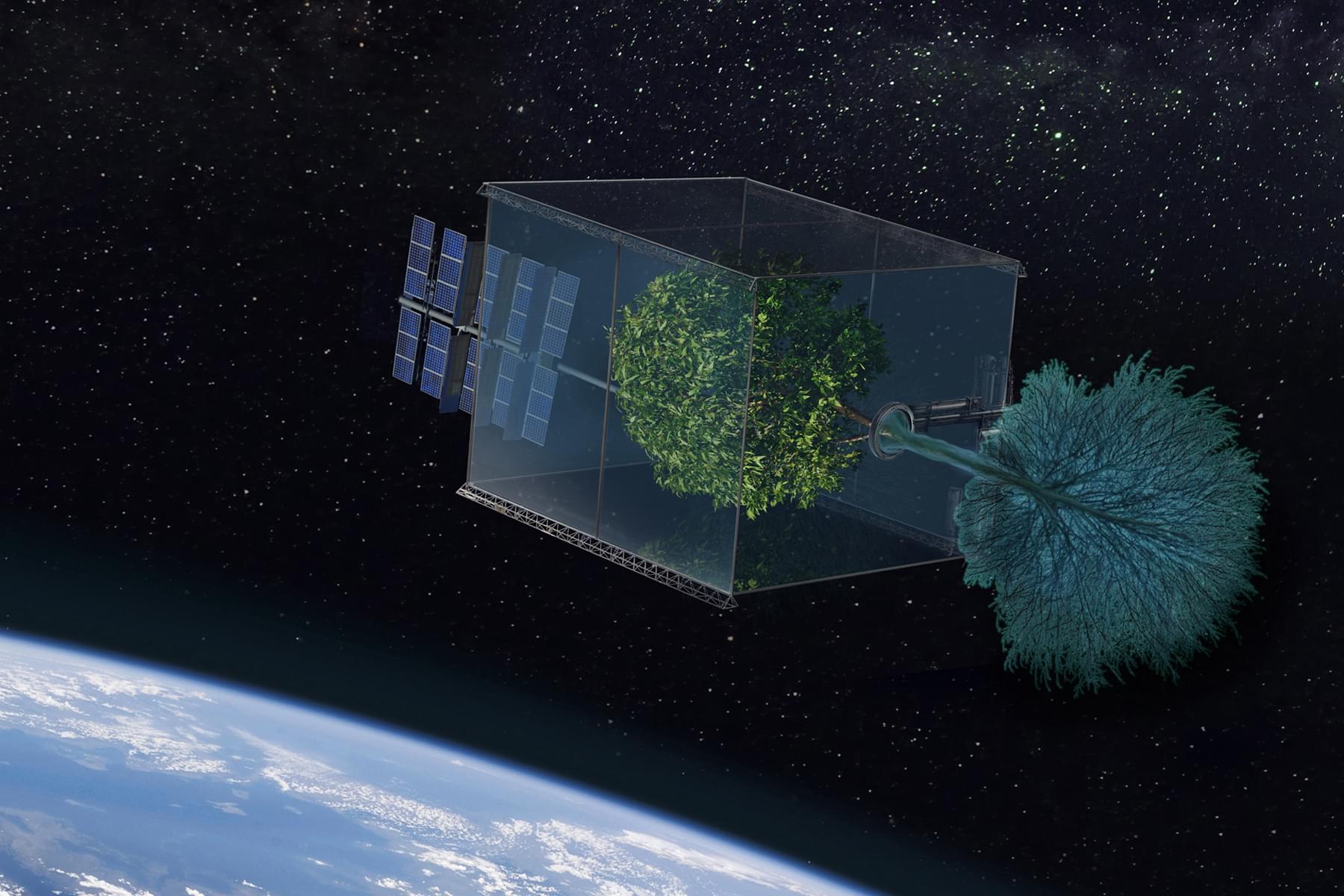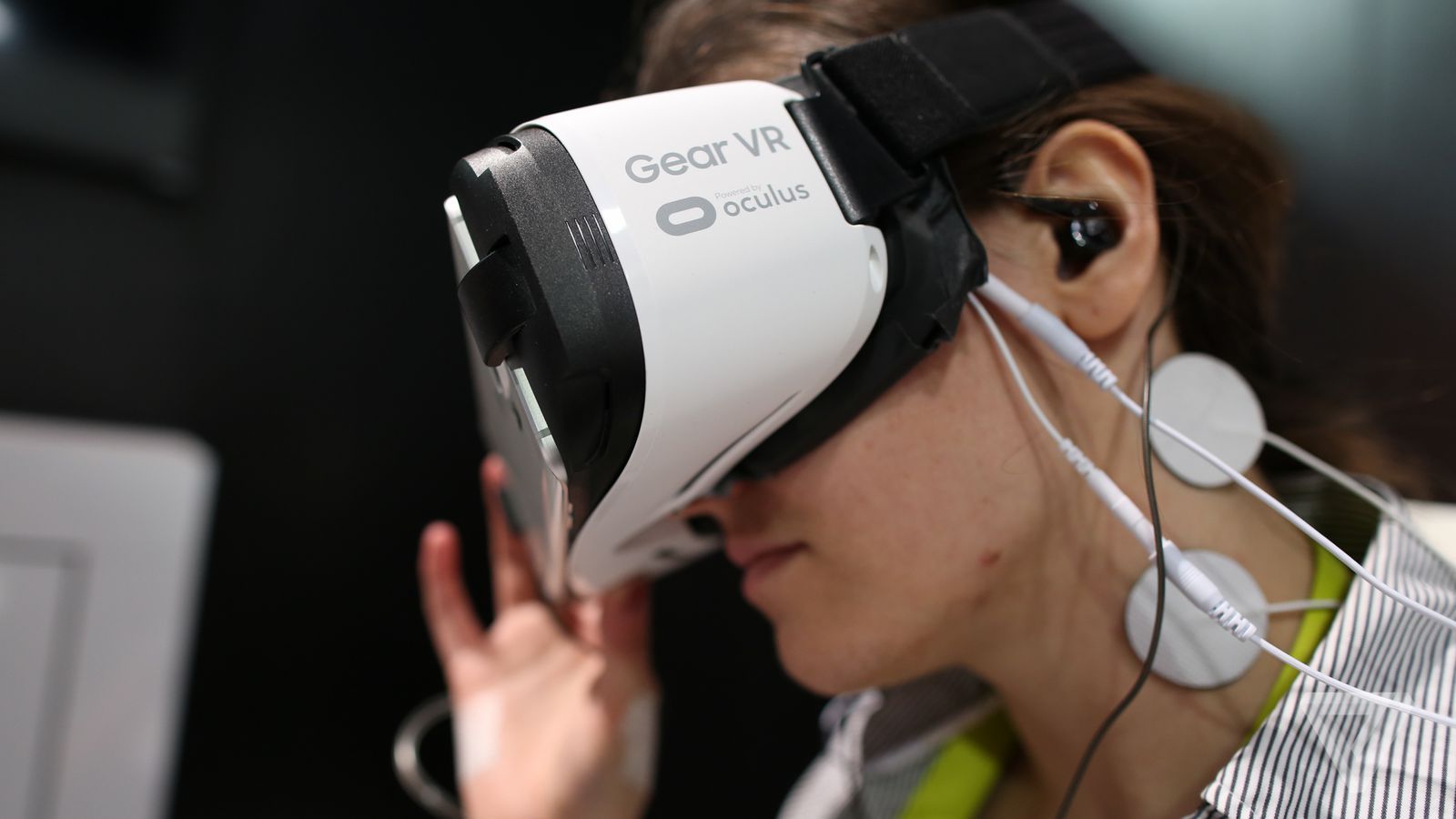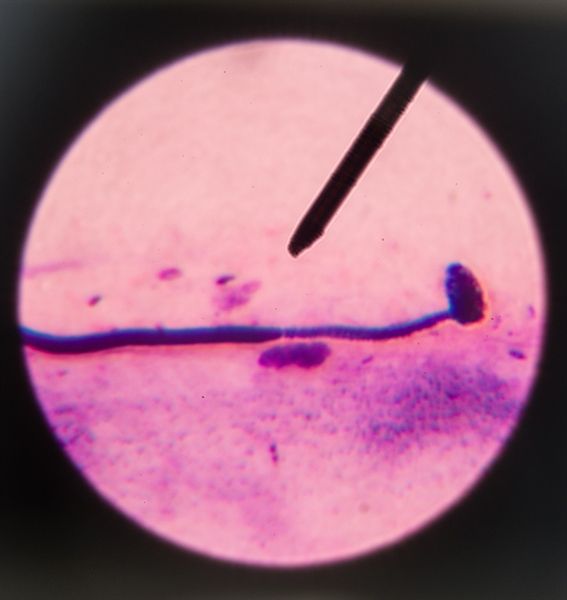Mar 3, 2016
Audi RSQ | Sporty Coupé for the 2004 “I, Robot” | CES Asia 2015
Posted by Shailesh Prasad in categories: education, engineering, robotics/AI, transportation
Audi RSQ – a fantastic car. Certainly a design icon, but first of all, a movie star. The Audi RSQ was the first car we developed for a motion picture – with great success. This sporty coupé for the 2004 Hollywood science-fiction “I, Robot” was a visionary concept of what a car might look like in 2035. Four designers, ten model engineers, ten weeks, all creative liberties – that’s what it took to create this Audi of the future.
What was really unique and visionary about the Audi RSQ: It was the first Audi demonstrating piloted driving capabilities. Here is one of my favorite moments in the movie – a moment that tells you a lot about piloted driving:
Continue reading “Audi RSQ | Sporty Coupé for the 2004 ‘I, Robot’ | CES Asia 2015” »
